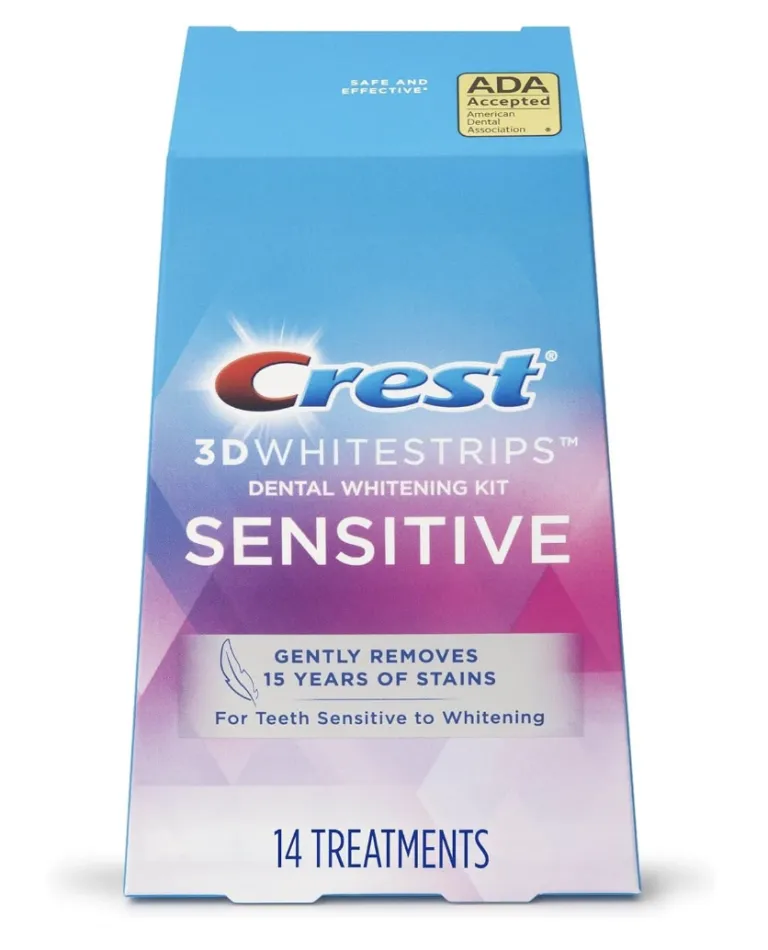Understanding Teeth Whitening and Sensitivity
Teeth whitening is a popular cosmetic procedure, offering a brighter, more appealing smile. However, it can sometimes lead to a temporary increase in tooth sensitivity. Understanding the relationship between teeth whitening and sensitivity is crucial for anyone considering the procedure. Many people experience some level of sensitivity during or after teeth whitening. This is because the whitening agents, typically hydrogen peroxide or carbamide peroxide, penetrate the enamel and reach the dentin, which contains nerve endings. This interaction can irritate the nerves, resulting in sensitivity. Fortunately, there are several effective ways to manage and minimize this discomfort. Proper preparation, the use of appropriate products, and awareness of potential triggers can make a significant difference in your experience.
What Causes Sensitive Teeth After Whitening
The primary cause of sensitivity after teeth whitening is the action of the whitening agents themselves. These agents work by breaking down stains and discoloration within the enamel. However, this process can also open the pores of the enamel, allowing the whitening agents to reach the dentin. The dentin contains microscopic tubules that lead directly to the nerve of the tooth. This exposure irritates the nerve and causes the sensation of sensitivity. Furthermore, pre-existing conditions, such as thin enamel or receding gums, can increase the risk of sensitivity. Individuals with these conditions may experience heightened sensitivity because the dentin is less protected. Understanding these causes is the first step toward managing and mitigating the discomfort.
The Whitening Process and Tooth Sensitivity
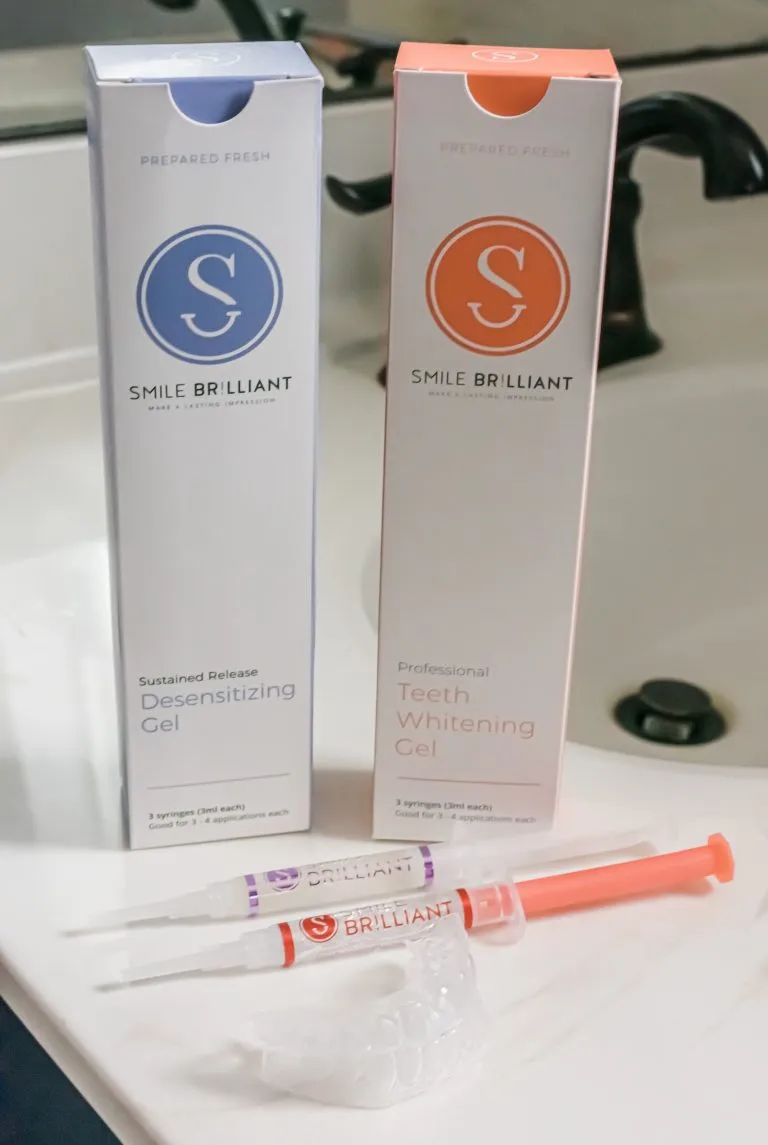
During the teeth whitening process, whether done at home or in a dental office, the whitening agent comes into contact with the teeth. This agent, typically a peroxide-based solution, breaks down the stain molecules that cause discoloration. As it does so, the agent can also affect the enamel, which is the outer protective layer of the tooth. This alteration in the enamel can make the teeth more vulnerable to external stimuli, such as hot or cold temperatures, which can trigger sensitivity. The intensity and duration of the whitening treatment also play a role. More concentrated solutions or longer treatment times can increase the likelihood of sensitivity. It is important to follow the instructions provided by your dentist or the product manufacturer to minimize the risk.
Common Symptoms of Whitening-Induced Sensitivity
The symptoms of sensitivity after teeth whitening can vary from mild to intense. The most common symptom is a sharp, shooting pain or discomfort in the teeth when exposed to hot or cold foods and drinks. This can also occur when breathing in cold air. Another common symptom is a general ache or throbbing sensation in the teeth, which may be constant or intermittent. Some people experience sensitivity when they bite down or apply pressure to their teeth. This discomfort is usually temporary, resolving within a few days to a few weeks after the whitening treatment. However, if the sensitivity is severe or prolonged, it is essential to consult with a dentist to rule out any underlying issues and receive appropriate treatment.
Top 5 Ways to Cope with Sensitive Teeth
Use Sensitivity Toothpaste

Sensitivity toothpaste is specifically designed to alleviate tooth sensitivity. These toothpastes typically contain ingredients like potassium nitrate or stannous fluoride, which work to block the tubules in the dentin, reducing the transmission of pain signals to the nerve. Using sensitivity toothpaste regularly, typically twice a day, can provide significant relief. It is recommended to start using sensitivity toothpaste a few weeks before your whitening treatment to give it time to take effect. Continue using it throughout and after the whitening process for optimal results. Be patient, as it may take several days or weeks to experience the full benefits of sensitivity toothpaste.
How Sensitivity Toothpaste Works
Sensitivity toothpastes work in two primary ways. Potassium nitrate, a common ingredient, penetrates the tooth and blocks the nerve signals that cause sensitivity. It essentially calms the nerve. Stannous fluoride, another effective ingredient, helps to block the dentinal tubules, which reduces the fluid movement that causes pain. By blocking these tubules, the toothpaste creates a barrier that prevents external stimuli from reaching the nerves inside the tooth. Regular use is key, as it allows the active ingredients to build up and provide consistent protection. The effectiveness of sensitivity toothpaste can vary from person to person, but it is generally a safe and reliable method for managing sensitivity.
Selecting the Right Sensitivity Toothpaste
When choosing a sensitivity toothpaste, consider the active ingredients and your personal preferences. Look for toothpastes containing potassium nitrate or stannous fluoride. These are the most well-researched and effective ingredients for reducing sensitivity. You may also want to consider other factors, such as flavor, texture, and the presence of other beneficial ingredients like fluoride for cavity protection. Brands like Sensodyne, Colgate Sensitive, and Pronamel are widely available and offer a range of options to suit different needs. It’s often helpful to try a few different brands to find one that you find most effective and enjoyable to use. Always consult your dentist for personalized recommendations.
Gentle Brushing Technique
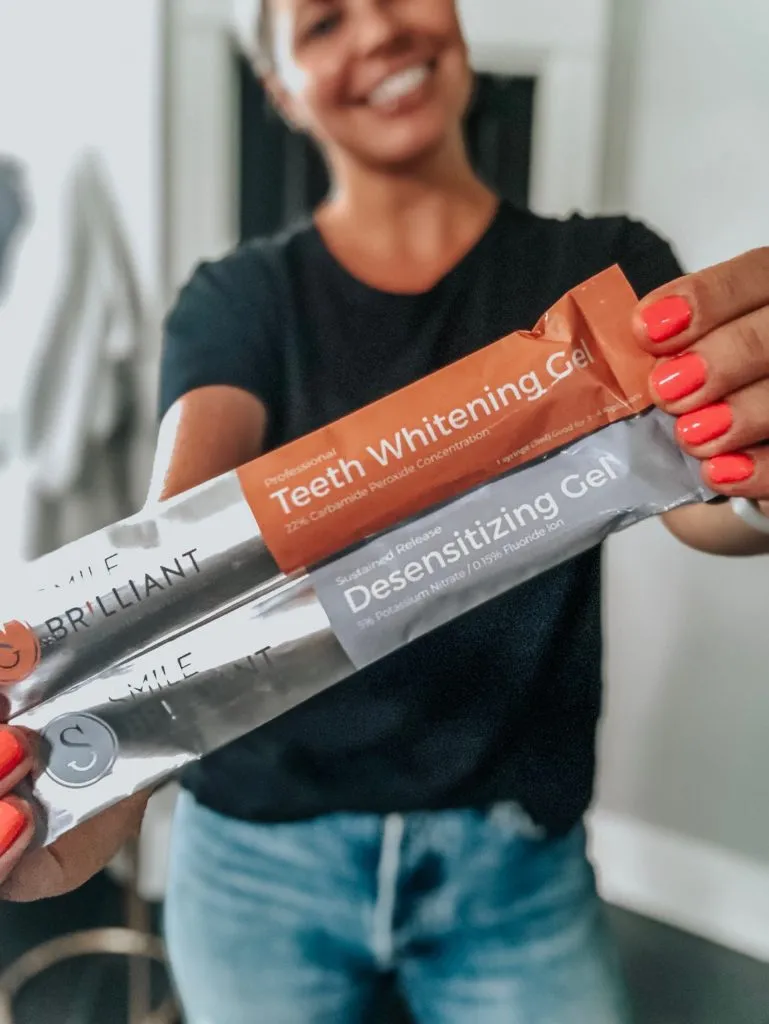
Proper brushing technique is crucial for managing sensitive teeth. Brushing too hard or using a toothbrush with stiff bristles can erode the enamel and further irritate the nerves. Use a gentle, circular motion to brush all surfaces of your teeth. Avoid scrubbing back and forth, as this can damage the gums and enamel. Pay attention to the pressure you apply, and make sure you are not brushing too aggressively. Gently brush along the gum line to remove plaque and debris without causing irritation. A soft touch will help to minimize discomfort and prevent further damage to the teeth. Taking your time and being mindful of your technique will make a significant difference.
The Importance of Soft-Bristled Brushes
Using a soft-bristled toothbrush is essential for protecting sensitive teeth. Soft bristles are gentler on the enamel and gums, reducing the risk of abrasion and irritation. Hard bristles can wear away the enamel over time, making the teeth more sensitive. Soft-bristled brushes are just as effective at removing plaque and debris as harder brushes, especially when used with proper technique. Replace your toothbrush every three months, or sooner if the bristles become frayed. Consider an electric toothbrush with a soft-bristle brush head. These often have pressure sensors that alert you if you are brushing too hard, helping to protect your teeth and gums.
Brushing Tips for Sensitive Teeth
When brushing with sensitive teeth, it’s important to take extra care. Use lukewarm water instead of hot or cold water, as extreme temperatures can exacerbate sensitivity. Brush your teeth for a full two minutes, but be gentle and avoid scrubbing. Focus on reaching all areas of your mouth, including the back teeth. After brushing, rinse your mouth with lukewarm water. You might also consider using a fluoride rinse, as it can help strengthen the enamel and reduce sensitivity. Avoid using whitening toothpastes, as they can sometimes increase sensitivity. Consult with your dentist or dental hygienist for personalized brushing tips and recommendations.
Avoid Whitening Treatments
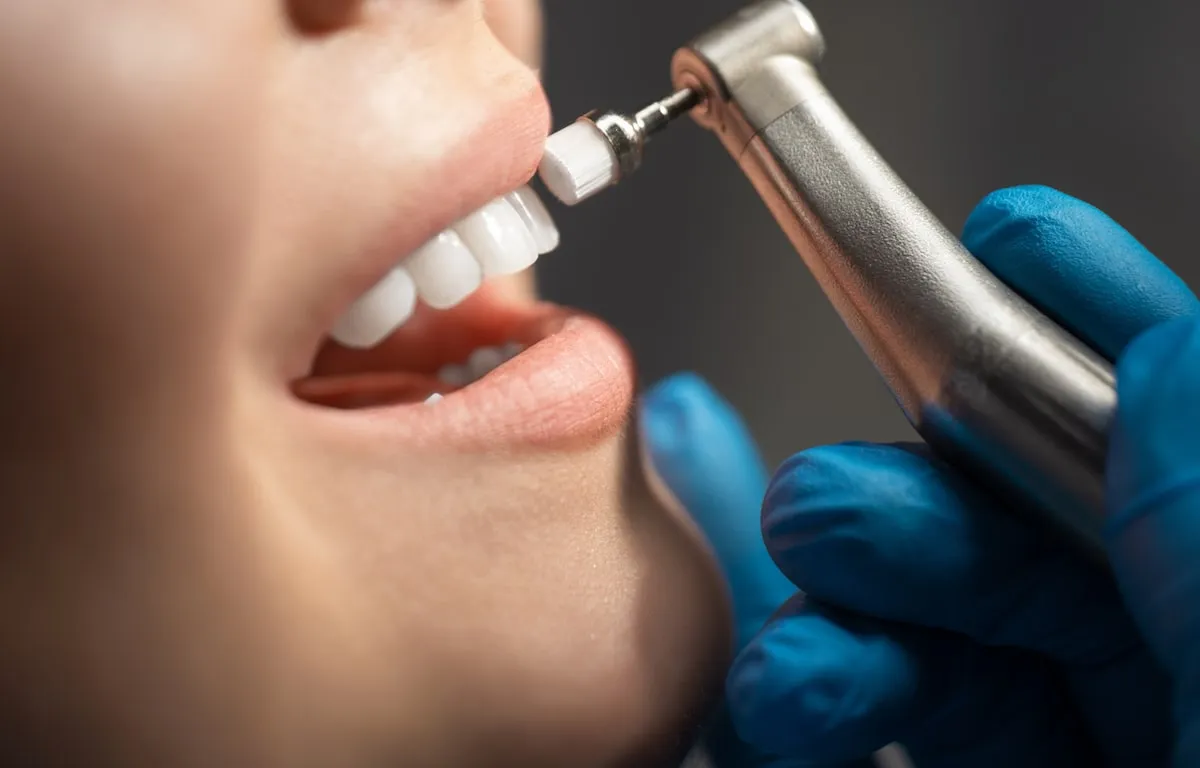
If you are experiencing significant sensitivity after whitening, it is best to avoid further whitening treatments until the sensitivity subsides. Continuing with whitening treatments while your teeth are sensitive can worsen the condition and cause prolonged discomfort. Give your teeth time to recover. Typically, the sensitivity will decrease within a few days or weeks after stopping the treatment. If you are using an at-home whitening kit, discontinue use and consult with your dentist. If you had a professional whitening treatment, discuss your sensitivity with your dentist, and they may recommend a break or alternative approaches. Patience and caution are key to allowing your teeth to heal and preventing further irritation.
The Whitening Treatments to Avoid
During a period of sensitivity, it is important to avoid all whitening treatments that could exacerbate the condition. This includes any at-home whitening products, such as whitening strips, gels, or trays. Avoid professional whitening treatments at your dentist’s office until your sensitivity has resolved. Additionally, limit your consumption of foods and drinks that can stain your teeth, as this can sometimes require additional whitening to maintain the desired brightness. Be mindful of any over-the-counter products that claim to whiten teeth, as these can sometimes contain ingredients that cause sensitivity. It’s always best to consult with your dentist if you are unsure about a particular treatment or product.
Alternative Whitening Options
While you are dealing with sensitivity, explore alternative options for improving the appearance of your teeth. Consider using a whitening toothpaste that contains fluoride and is designed for sensitive teeth. These toothpastes can help to gently remove surface stains without irritating your teeth. You might also discuss other cosmetic options with your dentist, such as dental bonding or veneers, which can address discoloration and other aesthetic concerns without the need for harsh whitening treatments. Certain lifestyle changes, such as quitting smoking and reducing your intake of staining foods and beverages, can also contribute to a brighter smile. Remember to prioritize the health and comfort of your teeth while seeking ways to improve their appearance.
Use Fluoride Treatments
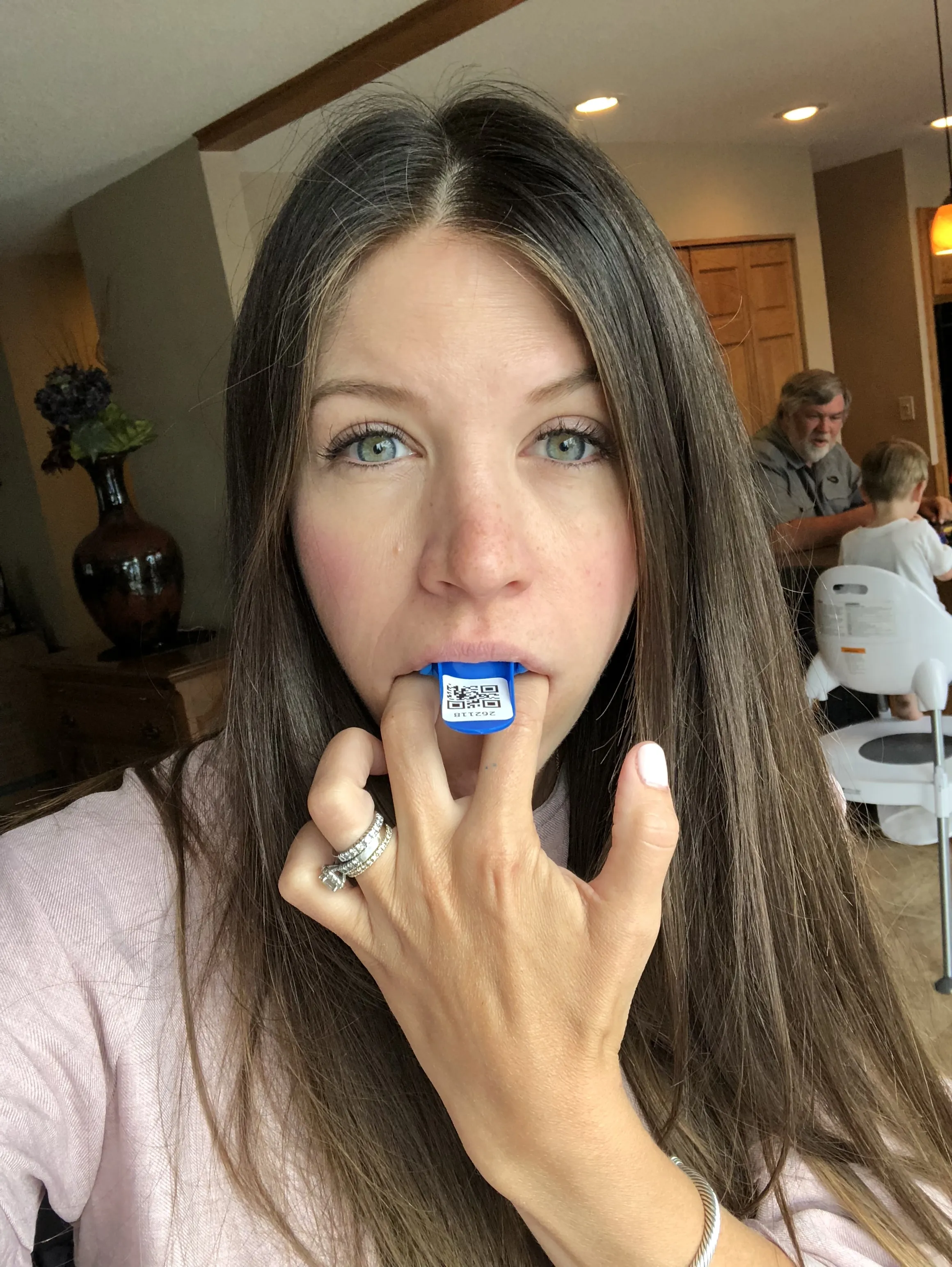
Fluoride is a mineral that strengthens tooth enamel and can help to reduce sensitivity. It works by remineralizing the enamel, making it more resistant to acid attacks and external stimuli. Fluoride treatments can be particularly beneficial for people with sensitive teeth. They can help to block the dentinal tubules, reducing the transmission of pain signals to the nerves. There are various ways to incorporate fluoride into your oral hygiene routine, including fluoride toothpaste, mouthwashes, and professional fluoride treatments. Consulting with your dentist can help you determine the best fluoride treatment for your specific needs.
Benefits of Fluoride for Sensitive Teeth
The primary benefit of fluoride for sensitive teeth is its ability to strengthen and protect tooth enamel. This is crucial because weakened enamel often contributes to sensitivity. Fluoride remineralizes the enamel, making it more resistant to the effects of acids and external stimuli that can trigger pain. It also helps to block the dentinal tubules, reducing the flow of fluids that can irritate the nerves. Regular use of fluoride can significantly reduce sensitivity and improve overall oral health. Fluoride also helps prevent tooth decay, another common cause of tooth sensitivity. By using fluoride, you are not only addressing the sensitivity but also promoting long-term dental health.
How to Get Fluoride Treatments
You can obtain fluoride through several sources. Fluoride toothpaste is readily available and an effective way to deliver fluoride to your teeth. Look for toothpaste with a concentration of at least 1000 ppm (parts per million) of fluoride. Fluoride mouthwashes are another option and can be used after brushing to provide an extra layer of protection. However, be sure to wait at least 30 minutes after brushing before using mouthwash, as this helps to maximize the effectiveness of the fluoride in your toothpaste. Your dentist can also provide professional fluoride treatments, such as fluoride varnishes or gels, which are more concentrated and can be applied in the dental office. Consult with your dentist to determine the best fluoride treatment for your individual needs.
Consider a Diet Change

Your diet can significantly impact the level of sensitivity you experience. Certain foods and drinks can trigger or worsen sensitivity, while others can help to protect your teeth. Be mindful of what you consume and how it affects your teeth. Making a few simple changes in your diet can significantly reduce the discomfort and help you cope with sensitive teeth. This includes reducing your intake of acidic foods and beverages and increasing your consumption of foods that support good oral health. Understanding the impact of your diet on your teeth is an essential part of managing sensitivity.
Foods to Avoid
Certain foods and drinks can exacerbate tooth sensitivity. Highly acidic foods, such as citrus fruits, tomatoes, pickles, and vinegar-based dressings, can erode the enamel and increase sensitivity. Carbonated beverages, including soda and sparkling water, are also acidic and can contribute to sensitivity. Sticky and sugary foods, like candy and dried fruits, should also be limited, as they promote tooth decay and can worsen sensitivity. Very hot or very cold foods and drinks can also trigger pain in sensitive teeth. It’s best to avoid these foods and beverages or consume them in moderation and with caution to minimize discomfort.
Foods That Can Help
Some foods can help to protect your teeth and reduce sensitivity. Dairy products, such as milk, cheese, and yogurt, are rich in calcium and phosphate, which can help to strengthen enamel. Foods high in fiber, such as fruits and vegetables, stimulate saliva production, which helps to neutralize acids and protect teeth. Green tea contains antioxidants and can also help to protect against tooth decay. Water is essential for good oral health and helps to wash away food particles and bacteria. Eating a balanced diet with a variety of these foods can support your overall oral health and reduce sensitivity.
When to See a Dentist
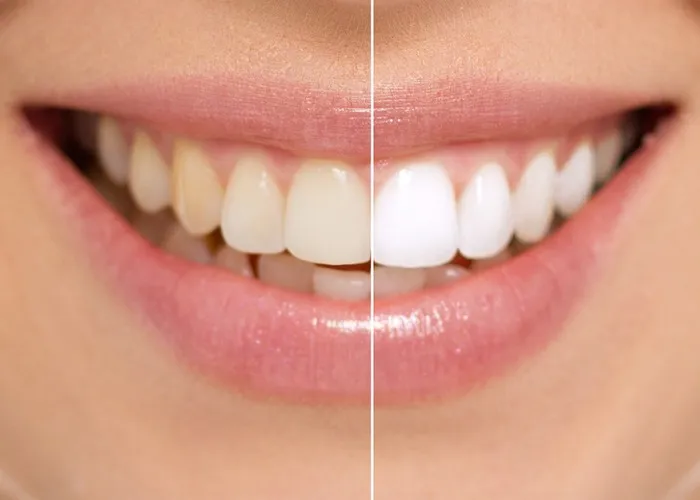
While many cases of sensitivity after teeth whitening resolve on their own, it is important to know when to seek professional help. If your sensitivity is severe, prolonged, or accompanied by other symptoms, it is essential to consult with your dentist. They can assess the cause of your sensitivity and recommend appropriate treatment. Early intervention can often prevent the condition from worsening. Regular dental check-ups are also vital for maintaining good oral health and addressing any concerns before they become serious. Do not hesitate to seek professional advice if you have any doubts about your teeth.
Signs You Need Professional Help
Several signs indicate that you should seek professional help for sensitive teeth. If the sensitivity is severe, causing significant pain or discomfort that interferes with your daily life, it is time to consult your dentist. If the sensitivity persists for more than a few weeks, it’s important to have it checked. Any signs of tooth decay, such as dark spots or holes, or changes in your bite should also be investigated. If you notice any swelling, redness, or bleeding in your gums, this could indicate an underlying infection or other issues. Any of these symptoms warrant a visit to your dentist for a thorough examination and appropriate treatment.
Professional Treatments for Sensitivity
Your dentist offers several treatments to help with tooth sensitivity. They may apply a desensitizing agent to your teeth, which helps to block the dentinal tubules and reduce pain. They can also recommend in-office fluoride treatments, which are more concentrated and effective than over-the-counter products. In some cases, your dentist might recommend a filling or other restorative procedure to address any underlying issues, such as a cavity or exposed root surfaces. If your sensitivity is caused by gum recession, they may recommend a gum graft to cover the exposed roots. Your dentist will assess your specific condition and recommend the most appropriate treatment plan.
